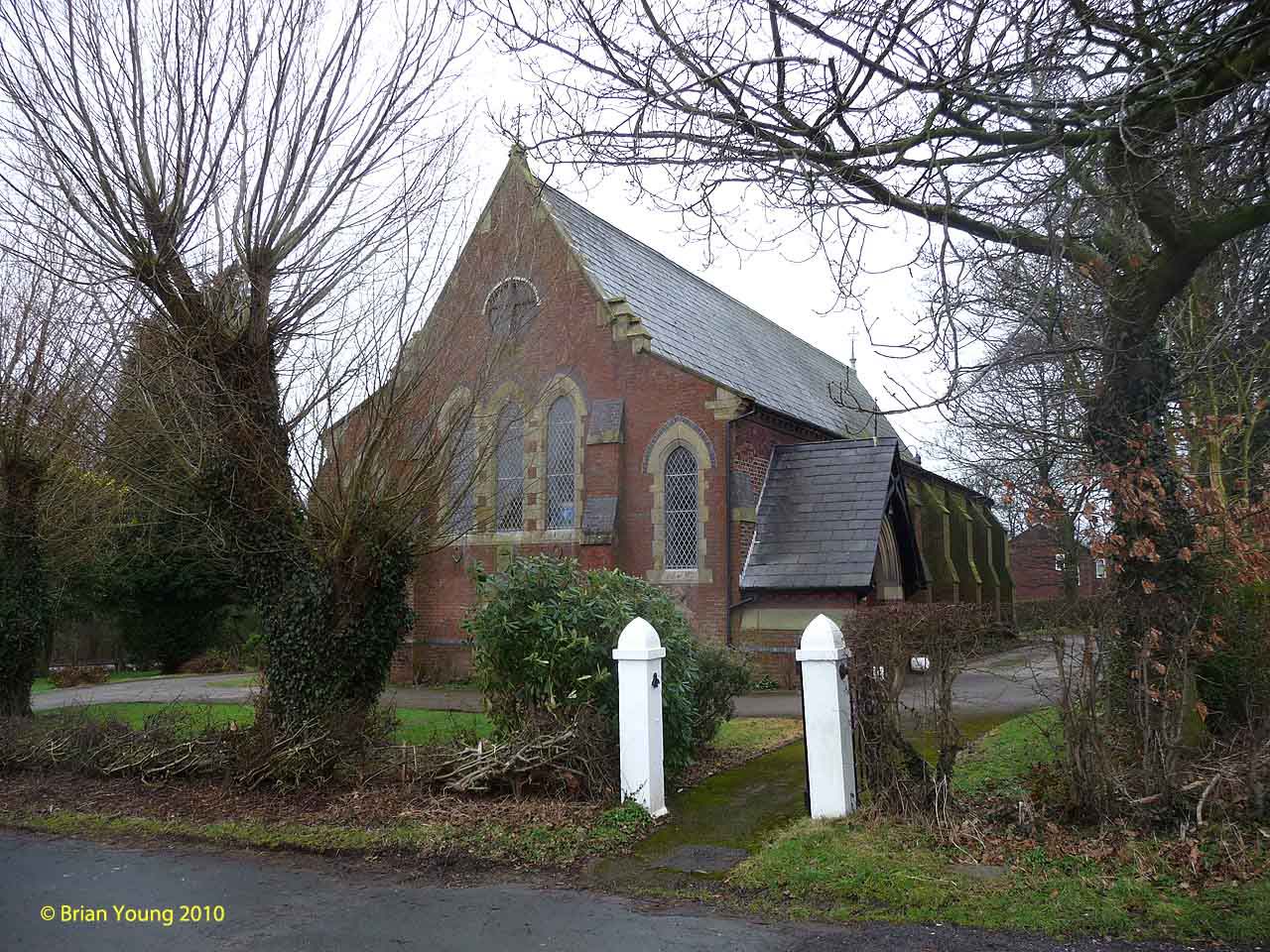 |
The Roman Catholic Church of St Anne, Westby with Plumpton |
 |
The church of St Anne's, Westby is a mixture of the commonplace and the unusual by an architect who spent most of his working life building Roman Catholic churches.
Edward Welby Pugin was the eldest son of Augustus Welby Northmore Pugin, the famous architect, designer, advocate of Gothic architecture, and author of "Contrasts"(1835), and "True Principles of Christian Architecture" (1841). On his father's early death in 1852 E.W. Pugin took over his large architectural practice. He was only 18 years old, but had been involved in the business for a number of years. At the time of his own early death in 1875, aged only 41 years, over 100 completed Roman Catholic churches were listed in his obituary in "The Builder". Most of these were in Great Britain and Ireland, but commissions were also received from Belgium, Denmark, Canada and the United States.
 | |
Photograph supplied by and © of Brian Young |
Architectural historians have not always been kind to E.W. Pugin, describing his work as "fussy". At Saint Anne's Westby, the commonplace and the idiosyncratic - fussy even - can be seen. The west end is conventional - triple stone lancets set in brick, a circular window above and lower flanking lancets marking the aisles. Stone shields are symmetrically disposed across the elevation. Oddness appears only in the choice of blue brick for the sloping surfaces of the buttresses etc. However, looking at the exterior of the nave one is struck by the row of four round cusped windows set in shallow brick arches - a departure from the usual pointed or square topped church windows. The stone frame sits awkwardly below the brick arch, and turns into stepping at the bottom.
A conventional north porch projects from the nave. The apsidal east end has a pointed gable with a smaller version of the nave windows, and four small cusped windows at each side. Over all is a roof that sweeps quite elegantly down and around the east of the church.
The exterior does not prepare one for the interior, and it is the elaborate timber roof that immediately seizes your attention. This supported by both wooden beams fixed to the side walls, and by braces that sit on iron columns that mark the side aisles. Above the altar the timbers follow the apse and form a frame or focal point. At the west end is a gallery.
The stained glass, despite the unusual shape of the nave windows is unspectacular, but two windows do stand out - a very Pre-Raphaelite looking St Cecilia in a wonderful green gown, with delicate roses in the cusps, and the Millennium window with its inscription.
Copyright Tony Boughen
Extracted from the website Lancashire Churches
| Kirkham Home & Contents | ©Lancashire OnLine Parish Clerks | Lancashire Home |